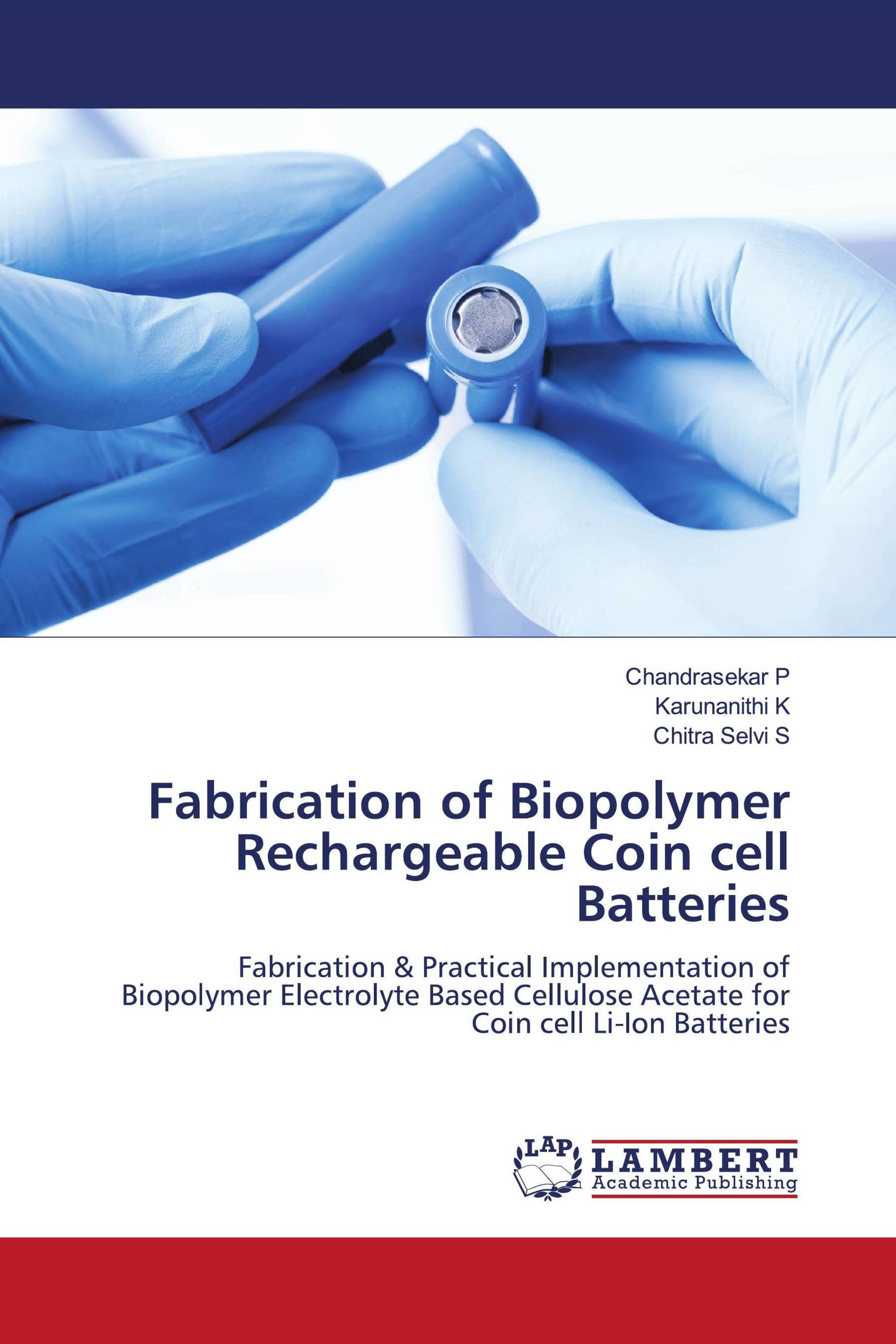Fabrication of Biopolymer Rechargeable Coin cell Batteries
Fabrication & Practical Implementation of Biopolymer Electrolyte Based Cellulose Acetate for Coin cell Li-Ion Batteries
€ 43,90
Lithium conducting materials play a major role in developing electrochemical devices. Green materials have gained much importance in order to face an energy crisis, global warming and the very concept of the resilient energy revolution. Extensive study is going on to develop biopolymer electrolyte-based electrochemical devices instead of the synthetic polymer due to its high cost and environmentally polluting nature. Cellulose Acetate with different concentrations of Lithium Chloride (LiCl) has been prepared by the solution casting technique and characterized by FTIR, DSC and XRD. The highest conductivity of 2.136 x 10-2 Scm-1 observed amongst the various samples was achieved through the concentration of 10:90 percent of CA : LiCl. It has high amorphous nature as per the powder XRD results. FTIR confirms the complex formation between LiCl and Cellulose Acetate. Lithium ion-conducting battery has been constructed using the highest conducting biopolymer electrolyte membrane, and its open load output voltage is measured.
Book Details: |
|
|
ISBN-13: |
978-620-5-49455-4 |
|
ISBN-10: |
6205494558 |
|
EAN: |
9786205494554 |
|
Book language: |
English |
|
By (author) : |
Chandrasekar P |
|
Number of pages: |
60 |
|
Published on: |
2022-08-17 |
|
Category: |
Electronics, electro-technology, communications technology |
